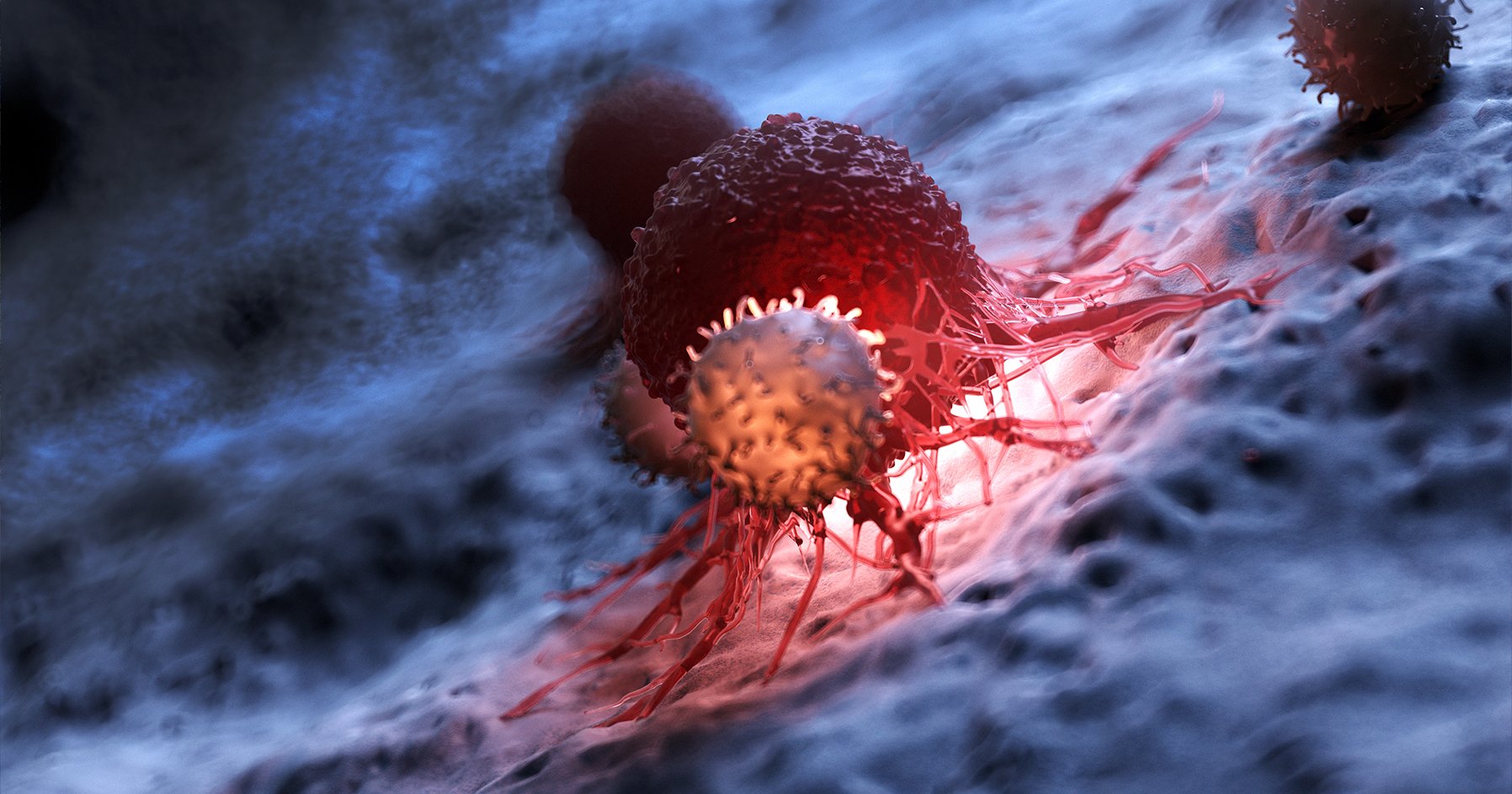Julia Rohayem, Emma C Alexander, Sabine Heger, Anna Nordenström, Sasha R Howard
Endocrine Reviews, First published online March 4, 2024, bnae003
https://doi.org/10.1210/endrev/bnae003
There are 3 physiological waves of central hypothalamic-pituitary-gonadal (HPG) axis activity over the lifetime. The first occurs during fetal life, the second — termed “mini-puberty” — in the first months after birth, and the third at puberty. After adolescence, the axis remains active all through adulthood. Congenital hypogonadotropic hypogonadism (CHH) is a rare genetic disorder characterized by a deficiency in hypothalamic gonadotropin-releasing hormone (GnRH) secretion or action. In cases of severe CHH, all 3 waves of GnRH pulsatility are absent. The absence of fetal HPG axis activation manifests in around 50% of male newborns with micropenis and/or undescended testes (cryptorchidism). In these boys, the lack of the mini-puberty phase accentuates testicular immaturity. This is characterized by a low number of Sertoli cells, which are important for future reproductive capacity. Thus, absent mini-puberty will have detrimental effects on later fertility in these males. The diagnosis of CHH is often missed in infants, and even if recognized, there is no consensus on optimal therapeutic management. Here we review physiological mini-puberty and consequences of central HPG axis disorders; provide a diagnostic approach to allow for early identification of these conditions; and review current treatment options for replacement of mini-puberty in male infants with CHH. There is evidence from small case series that replacement with gonadotropins to mimic “mini-puberty” in males could have beneficial outcomes not only regarding testis descent, but also normalization of testis and penile sizes. Moreover, such therapeutic replacement regimens in disordered mini-puberty could address both reproductive and nonreproductive implications.

We provide our journal authors with a variety of resources for increasing the discoverability and citation of their published work. Use these tools and tips to broaden the impact of your article.

Read our special collections of Endocrine Society journal articles, curated by topic, Altmetric Attention Scores, and Featured Article designations.